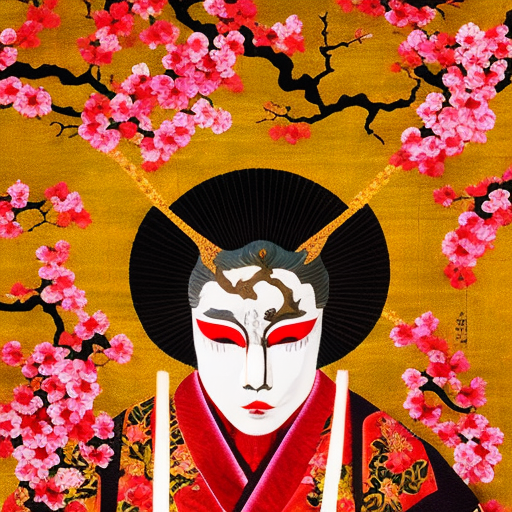Noh: A Traditional Japanese Theater Artform
Noh is a traditional Japanese theater artform that combines music, dance, and drama to create a unique and captivating performance. With a history spanning over 600 years, Noh has become an integral part of Japanese culture and continues to be performed to this day. This summary will explore the origins, characteristics, and significance of Noh, shedding light on its enduring appeal.
Origins and History
Noh originated in the 14th century, during the Muromachi period, and was developed by Kan’ami and his son Zeami. Kan’ami was a performer and playwright, while Zeami was a renowned actor and playwright who is often considered the father of Noh. Together, they refined and codified the artform, establishing its distinctive style and structure.
Initially, Noh was performed exclusively for the aristocracy and samurai class, but it gradually gained popularity among the common people. During the Edo period (1603-1868), Noh became more accessible to the general public, with performances taking place in public theaters and festivals.
Characteristics of Noh
Noh is characterized by its minimalist aesthetics, refined movements, and symbolic storytelling. The performances typically feature a small ensemble of actors, musicians, and chorus members. The actors wear elaborate costumes and masks, which are essential in conveying the characters’ emotions and identities.
The music in Noh plays a crucial role, with the instrumental ensemble consisting of a flute (nohkan), drums (otsuzumi and kotsuzumi), and a small hand drum (taiko). The music sets the mood and rhythm of the performance, enhancing the dramatic impact.
Noh performances often revolve around themes of love, loss, and the supernatural. The stories are drawn from various sources, including classical Japanese literature, Buddhist and Shinto mythology, and historical events. The narratives are often symbolic and allegorical, leaving room for interpretation and contemplation.
Structure of Noh
Noh plays follow a specific structure, which consists of two main parts: the “mae” (first half) and the “nochi” (second half). The “mae” section sets the stage and introduces the characters, while the “nochi” section delves deeper into the story and its emotional core.
Each Noh play is divided into five acts, with the first act serving as an introduction and the subsequent acts building up to the climax. The fifth act, known as the “kiri,” is a short, intense piece that leaves a lasting impression on the audience.
Significance and Influence
Noh holds great cultural and historical significance in Japan. It is recognized as one of the oldest surviving theater artforms in the world and has been designated as a UNESCO Intangible Cultural Heritage. Noh’s influence can be seen in various aspects of Japanese culture, including literature, visual arts, and contemporary theater.
The artistry and discipline required to perform Noh have made it a revered tradition that is passed down through generations. Noh actors undergo rigorous training to master the intricate movements, vocal techniques, and musical skills necessary for a successful performance.
Noh’s impact extends beyond Japan’s borders, with its influence reaching Western theater and art movements. The minimalist aesthetics and emphasis on symbolism have inspired many artists and performers worldwide.
In conclusion, Noh is a traditional Japanese theater artform that has captivated audiences for centuries. Its origins, refined aesthetics, symbolic storytelling, and unique structure make it a distinctive and significant cultural treasure. Noh continues to be performed and celebrated, ensuring that this ancient artform remains alive and cherished in the modern world.












